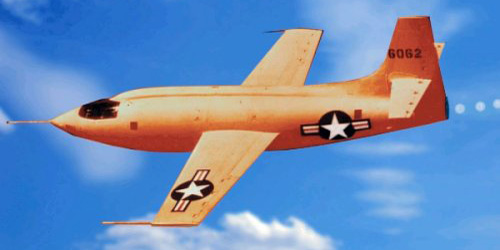The "X" Acronym
What it really means and how it got that way
In October of 1947, the U.S. military in a joint project with the National Advisory Council for Aeronautics (NACA; predecessor to NASA) finally managed to break the sound barrier. They did it with an airplane built by Bell Aircraft, named the X-1.
The "X" designation for this and many future singular purpose airplanes simply stood for "experimental"; as in less than a dozen (at most) and usually only one or two copies built by hand, to be used exclusively for testing and experimentation, and never meant for production.
Breaking the sound barrier was BIG DEAL in 1947, and the news was immediately classified top-secret and suppressed by the military for some time. Eventually it got out however and the pilot on that historic flight, Captain Charles "Chuck" Yeager, became a national hero.
The airplane, and the "X" acronym, quickly became synonymous with ultimate speed.
There were quite a few different "X" airplanes, not all of them speedsters, but this made not a dent in the public's perception of the term "X".
In the early 1960's another "X" airplane built specifically for exploring the heretofore unknown realm of hypersonic flight, the North American X-15, became quite famous for its almost incredible speed, and cemented the association of the term "X" with going really fast.
The X-15 did certainly earn its stripes. Even today, half a century later, the North American X-15 still holds the record as the fastest manned aircraft ever built, capable of flying at nearly seven times the speed of sound, 4,520 mph; more than twice as fast as the SR-71 Blackbird, and six times as fast as its direct predecessor, the Bell X-1.
















